Product customization is one of the best ways for manufacturers to stand out to customers in this highly competitive market, but introducing configurability and product variations can make the sales process incredibly time consuming. Customer specifications not only add complexity to every order, but the variability in materials, features, and options makes it difficult to pin down prices, especially with so much supply chain volatility. Fortunately, the industry already has a solution: configure, price, quote (CPQ) software.
But what can CPQ do for you and what should you look for in a solution? In this blog, we’ll cover everything you need to know about this technology and how it can benefit your sales team, streamline processes, and increase profits.
The manufacturing industry is trending toward mass customization. The most forward-thinking manufacturers can make tailored products quickly and efficiently. This is really only possible with an advanced CPQ solution.
With a CPQ configurator, customers can decide what their product should look like and plug those details in. The CPQ system can automatically tell them if this is possible with their current capabilities and generate a quote. You and your customers no longer have to wait days to see if the order request is viable.
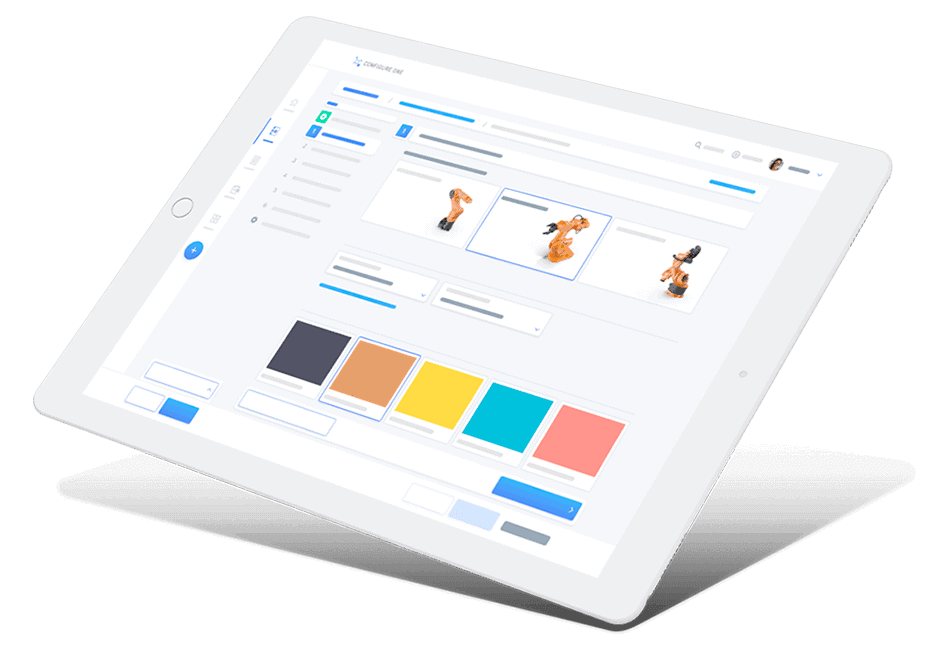
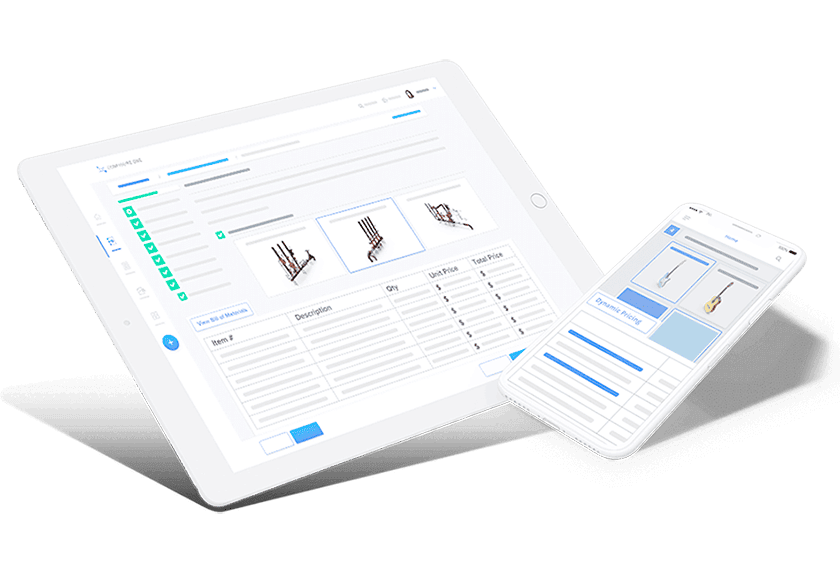
If you offer your products in standard configurations with little variability, pricing might be relatively straightforward. But, if customers are coming to you with their specifications, you still need to be able to arrive at an accurate price as quickly as you can — even if you’ve never completed an order with that configuration before.
The automation capabilities of a CPQ solution truly shine in pricing. The software accurately establishes pricing based on production costs, optional features, or any combination of those elements. This precision is achieved through a pre-generated rule set in CPQ software, automatically determining the price for an order. Each pricing rule can apply without manual intervention, removing human errors from the process.
You can add approval workflows, discount structures, preferred customer pricing, and variable price books to maximize revenue and continue personalizing the buying journey.
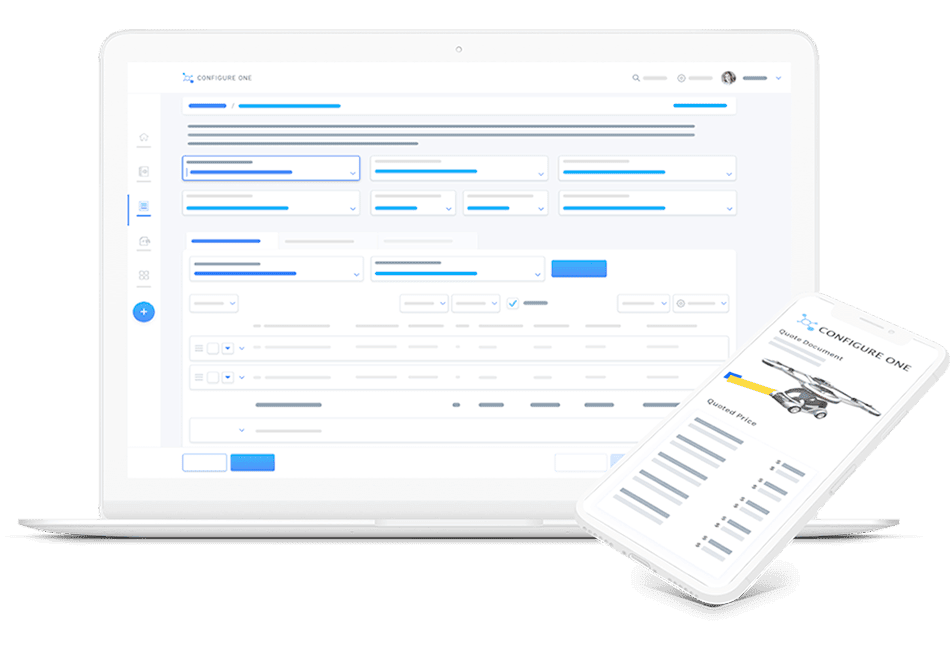
Time is one of your most valuable resources, yet many manufacturers still waste time taking orders manually without the assistance of CPQ software. Take this example of a typical quoting process:
You manage a small, independently owned manufacturer of specialty delivery vehicles. A sales rep receives a call from a company looking to order 10 trucks for their fleet. Your rep goes through all available options with the customer, explaining your capabilities.
Then, the rep contacts the manufacturing floor and talks to the engineers and machinists to assemble a bill of materials (BOM). It is only at this point that your team can assess whether they can fulfill the customer’s requested specifications.
Of course, as this process takes place, someone has to record all information, identify necessary customizations, and apply those pricing rules to the quote. Following these steps, it might take days to generate a quote.
It’s tough to wait for a major order that can make or break your company’s bottom line — and each day that passes is another day your potential customer could switch to a competitor. Even after you deliver the quote, the customer could return to update their specifications or alter the product mix, forcing you to start the quoting process again.
CPQ doesn’t just transform the sales process — it can help your team overcome major challenges and issues. Let’s reconsider the scenario at the beginning of this article in an environment where CPQ software is already at work:
Upon receiving a call from a company looking to purchase 10 trucks for its fleet, you leverage CPQ software to guide your customer through available options with precise, up-to-date information. Since you have all product variations and customization choices, you might even be able to upsell to configurations they didn’t know they wanted.
Your CPQ software knows all the rules for configuring your trucks, eliminating guesswork. As they select options, the price is updated in real-time while an interactive 3D model of the product reflects changes, showing the customer how their selections will look to ensure it meets their requirements.
Upon completing the configuration, you effortlessly generate a quote at the click of a button and promptly email it to the customer. Discounting rules allow sales reps to offer discounts within boundaries established by management, or they can forward more competitive pricing terms to managers for approval. You can do all of this in hours or even minutes.
Once the order is secured, the order details, including detailed BOMs, can be sent automatically from your CPQ to integrated manufacturing applications, like ERPs and CRMs, without any data re-entry or manual intervention.


Customers get a more satisfying and engaging experience when buying from a company that uses CPQ software. Since CPQ software makes the process faster and easier, customers don’t have to wait for a quote. They will feel more confident and positive about the buying process, so they can commit to their order right away and get it into production quickly.
CPQ software can also be a problem-solving tool for your clients. Since each customization option is there to explore already, they may find another, more apt solution to their needs that they weren’t aware of before.
Using 3D and 2D visualizations lets you show the customer what their finished product will look like. Some manufacturers even use CAD automation to provide fully configured drawings and 3D renderings of products. When customers can see their desires reflected through visualizations throughout quoting, they’re more likely to buy and order from you in the future.
After implementing CPQ software, you’ll see a new level of speed and efficiency throughout the quoting process. Your reps can quickly close sales and move on to the next order, improving productivity. You can also bring new sales team members on board faster without extensive training.
Along with an increase in sales volume, you will see larger orders come through more regularly. With a full understanding of costs and margins for each component, CPQ software helps your sales team upgrade and upsell orders. The whole experience is more streamlined, leading to fewer errors and a better outcome for the customer.
Consolidating all product information into a single source of knowledge helps you better organize and store data. By formalizing the rules for configuration with CPQ software, you can enable your dealers and distributors to more freely quote products, knowing their configurations and prices will be accurate. You can even give your customers direct access by allowing them to configure products and make purchases without needing to go through a salesperson.

For manufacturers accustomed to manual processes, CPQ software stands as a crucial upgrade. With quoting software, you can quickly generate accurate prices and quotes, without spending days getting feedback from different departments. You can eliminate mistakes that might have cost you a sale in the past.
But the biggest incentive to adopt an automated CPQ solution is its capacity to accelerate, simplify, and enhance the efficiency of your sales process, ultimately fostering business growth. Revalize is a versatile software company that offers various CPQ solutions tailored to the needs of custom manufacturers in virtually every industry and niche.
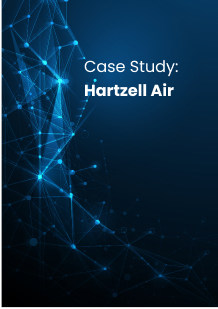
We explore how they've maximized efficiency by getting the most out of their sales channels.
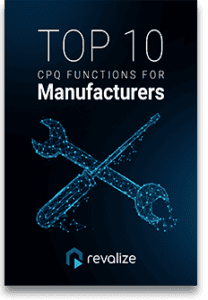
Chances are you’ve heard about CPQ (Configure, Price, Quote) solutions as a game-changer for many manufacturers. But some organizations are still on the fence about whether they need to make the switch.
| Cookie | Duration | Description |
|---|---|---|
| __hssc | 30 minutes | HubSpot sets this cookie to keep track of sessions and to determine if HubSpot should increment the session number and timestamps in the __hstc cookie. |
| __hssrc | session | This cookie is set by Hubspot whenever it changes the session cookie. The __hssrc cookie set to 1 indicates that the user has restarted the browser, and if the cookie does not exist, it is assumed to be a new session. |
| _GRECAPTCHA | 5 months 27 days | Google Recaptcha service sets this cookie to identify bots to protect the website against malicious spam attacks. |
| cookielawinfo-checkbox-advertisement | 1 year | Set by the GDPR Cookie Consent plugin, this cookie records the user consent for the cookies in the "Advertisement" category. |
| cookielawinfo-checkbox-analytics | 11 months | This cookie is set by GDPR Cookie Consent plugin. The cookie is used to store the user consent for the cookies in the category "Analytics". |
| cookielawinfo-checkbox-functional | 11 months | The cookie is set by GDPR cookie consent to record the user consent for the cookies in the category "Functional". |
| cookielawinfo-checkbox-necessary | 11 months | This cookie is set by GDPR Cookie Consent plugin. The cookies is used to store the user consent for the cookies in the category "Necessary". |
| cookielawinfo-checkbox-others | 11 months | This cookie is set by GDPR Cookie Consent plugin. The cookie is used to store the user consent for the cookies in the category "Other. |
| cookielawinfo-checkbox-performance | 11 months | This cookie is set by GDPR Cookie Consent plugin. The cookie is used to store the user consent for the cookies in the category "Performance". |
| CookieLawInfoConsent | 1 year | CookieYes sets this cookie to record the default button state of the corresponding category and the status of CCPA. It works only in coordination with the primary cookie. |
| elementor | never | The website's WordPress theme uses this cookie. It allows the website owner to implement or change the website's content in real-time. |
| JSESSIONID | session | New Relic uses this cookie to store a session identifier so that New Relic can monitor session counts for an application. |
| PHPSESSID | session | This cookie is native to PHP applications. The cookie stores and identifies a user's unique session ID to manage user sessions on the website. The cookie is a session cookie and will be deleted when all the browser windows are closed. |
| viewed_cookie_policy | 11 months | The cookie is set by the GDPR Cookie Consent plugin and is used to store whether or not user has consented to the use of cookies. It does not store any personal data. |
| Cookie | Duration | Description |
|---|---|---|
| __cf_bm | 30 minutes | Cloudflare set the cookie to support Cloudflare Bot Management. |
| _icl_visitor_lang_js | 1 day | WPML sets this cookie to store the redirected language. |
| drift_aid | 1 year 1 month 4 days | Drift sets this cookie as a session identifier token. It is used to tie the visitor on your website to a current website session within the Drift system. This enables session-specific features, such as popping up a message only once during a 30 minute session to prevent a disruptive experience. |
| drift_campaign_refresh | 30 minutes | Drift sets this cookie as a unique ID for the specific user. This allows the website to target the user with relevant offers through its chat functionality. |
| driftt_aid | 1 year 1 month 4 days | Drift sets this cookie as an anonymous identifier token. As people come onto the site, they will get this cookie. |
| li_gc | 5 months 27 days | Linkedin set this cookie for storing visitor's consent regarding using cookies for non-essential purposes. |
| lidc | 1 day | LinkedIn sets the lidc cookie to facilitate data center selection. |
| UserMatchHistory | 1 month | LinkedIn sets this cookie for LinkedIn Ads ID syncing. |
| wp-wpml_current_language | session | WordPress multilingual plugin sets this cookie to store the current language/language settings. |
| wpml_browser_redirect_test | session | This cookie is set by WPML WordPress plugin and is used to test if cookies are enabled on the browser. |
| Cookie | Duration | Description |
|---|---|---|
| __lotl | 5 months 27 days | Lucky Orange sets this cookie to identify the traffic source URL of the visitor's original referrer, if any. |
| _lo_uid | 1 year 1 month 4 days | Lucky Orange sets this cookie as a unique identifier for the visitor. |
| _lo_v | 1 year | Lucky Orange sets this cookie to identify the total number of visitor's visits. |
| _lorid | 10 minutes | Lucky Orange sets this cookie to record the current ID of visitors. |
| Cookie | Duration | Description |
|---|---|---|
| __hstc | 5 months 27 days | Hubspot set this main cookie for tracking visitors. It contains the domain, initial timestamp (first visit), last timestamp (last visit), current timestamp (this visit), and session number (increments for each subsequent session). |
| _fbp | 3 months | Facebook sets this cookie to display advertisements when either on Facebook or on a digital platform powered by Facebook advertising after visiting the website. |
| _ga | 1 year 1 month 4 days | Google Analytics sets this cookie to calculate visitor, session and campaign data and track site usage for the site's analytics report. The cookie stores information anonymously and assigns a randomly generated number to recognise unique visitors. |
| _ga_* | 1 year 1 month 4 days | Google Analytics sets this cookie to store and count page views. |
| _gcl_au | 3 months | Google Tag Manager sets the cookie to experiment advertisement efficiency of websites using their services. |
| _gd_session | 4 hours | This cookie is used for collecting information on users visit to the website. It collects data such as total number of visits, average time spent on the website and the pages loaded. |
| _gd_svisitor | 1 year 1 month 4 days | This cookie is set by the Google Analytics. This cookie is used for tracking the signup commissions via affiliate program. |
| _gd_visitor | 1 year 1 month 4 days | This cookie is used for collecting information on the users visit such as number of visits, average time spent on the website and the pages loaded for displaying targeted ads. |
| AnalyticsSyncHistory | 1 month | Linkedin set this cookie to store information about the time a sync took place with the lms_analytics cookie. |
| CONSENT | 2 years | YouTube sets this cookie via embedded YouTube videos and registers anonymous statistical data. |
| hubspotutk | 5 months 27 days | HubSpot sets this cookie to keep track of the visitors to the website. This cookie is passed to HubSpot on form submission and used when deduplicating contacts. |
| ifso_visit_counts | 1 year | If So sets this cookie to store number of visits. |
| ln_or | 1 day | Linkedin sets this cookie to registers statistical data on users' behaviour on the website for internal analytics. |
| vuid | 1 year 1 month 4 days | Vimeo installs this cookie to collect tracking information by setting a unique ID to embed videos on the website. |
| Cookie | Duration | Description |
|---|---|---|
| bcookie | 1 year | LinkedIn sets this cookie from LinkedIn share buttons and ad tags to recognize browser IDs. |
| bscookie | 1 year | LinkedIn sets this cookie to store performed actions on the website. |
| li_sugr | 3 months | LinkedIn sets this cookie to collect user behaviour data to optimise the website and make advertisements on the website more relevant. |
| VISITOR_INFO1_LIVE | 5 months 27 days | YouTube sets this cookie to measure bandwidth, determining whether the user gets the new or old player interface. |
| YSC | session | Youtube sets this cookie to track the views of embedded videos on Youtube pages. |
| yt-remote-connected-devices | never | YouTube sets this cookie to store the user's video preferences using embedded YouTube videos. |
| yt-remote-device-id | never | YouTube sets this cookie to store the user's video preferences using embedded YouTube videos. |
| yt.innertube::nextId | never | YouTube sets this cookie to register a unique ID to store data on what videos from YouTube the user has seen. |
| yt.innertube::requests | never | YouTube sets this cookie to register a unique ID to store data on what videos from YouTube the user has seen. |
| Cookie | Duration | Description |
|---|---|---|
| _an_uid | 7 days | No description available. |
| _gd1687981540406 | session | Description is currently not available. |
| 6suuid | 1 year 1 month 4 days | No description available. |
| ifso_page_visits | 1 year 1 month 4 days | No description available. |
| oribi_cookie_test | session | Description is currently not available. |
| oribili_user_guid | 1 year | Description is currently not available. |